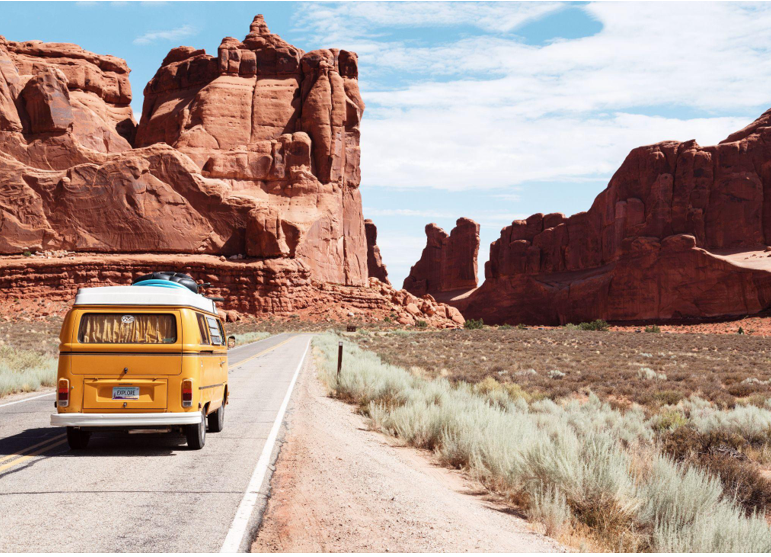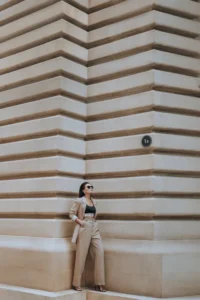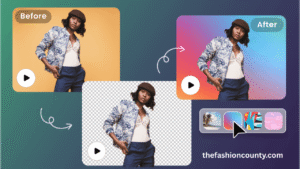The Grateful Dead Remains Relevant in Music Even Today

Grateful Dead
Fans of the Grateful Dead concurred that there is an elusive quality that can elevate even the most ordinary musical performance to something far more profound, sublime, and spiritual.
The Grateful Dead are renowned for creating one of the strongest ties with their fans. Every performance was different, not just because the songs were changed, but also because the band worked hard to “tune in” to the mood of the crowd and adapt their music to it.
Were All DeadHeads Under The Influence?
Even if attendees did not use any drugs, the concerts became known to leave them feeling completely out of body. There were various types of Grateful Dead fans. The audiences and supporters underwent a significant shift as the years went by.0
The inclusion of a drug rehabilitation program to Grateful Dead concerts was one of the most visible changes. Since experimenting with psychedelics was so prevalent at the time of the Grateful Dead’s performances, both the musicians and the audience became aware of the terrible effects of overdoses.
As a result, the band would go on to authorize the Wharf Rats, who served as their sober crew, to be responsible for catching overindulgence. These sober parties held yellow balloons at each concert to signal their rational goals. The sober people were going to hold the night responsible in the ocean of psychedelic-soaked madness.
The New Era And New Merchandising
In the 1970s, many members of the “Second Generation” of Deadheads entered the scene via college or university or on the advice of an elder brother.
People only started to understand that they could sell Deadhead merchandise outside of festivals in the 1980s, capitalizing on the famed band’s lucrative tour of all 50 US states. That remains true today, as there are sales of Grateful Dead merchandise at just about every show that is played at a venue in the country.
There are still vendors who travel today selling nothing but Grateful Dead merchandise and make quite a living on doing so. A Grateful Dead T Shirt isn’t going to sit on the shelf long at any venue.
The fact that the dancing bears are still recognized by the younger crowd should clue people in to the fact that the band is still relevant. There are few logos that are as easily recognizable, especially within music. It isn’t often that a band can say they have a universally recognizable graphic, even if their music is known around the world.
The Sales Keep Coming
According to the online music commerce Pollstar, the band made 250 million dollars in the previous five years, with an average box office exceeding $2.3 million each event. All of those performances were sold out in stadiums, amphitheaters, and arenas, with an estimated 2.4 million tickets overall sold. Click here to read more on live musical performances.
Even J-RAD, which generates an average revenue of $143,000 per headlined performance and has performed at illustrious venues like the Greek Theatre in Los Angeles and Red Rocks Arena in Colorado, can make a respectable living performing Dead favorites.
The surviving band members, each of whom is represented by a manager, Garcia’s family members, and the band’s management make up the group of stakeholders that serves as the business brain trust for The Dead. All of them are Deadheads who prioritize maintaining the legacy over distorting it.

Keeping The Legacy True To The Band
The Dead could easily charge $150 million for the rights with the name, likeness, and intellectual property, according to individuals familiar with the band’s finances.
It is unequivocal evidence that nostalgia plays a significant role in the corporation of the Dead, rather than just psychologically but also through a continual inflow of merchandise. The band is particularly distinctive in that its iconography is eye-catching and classic.
In reality, David Lemieux, the group’s archivist and heritage manager, used the limited-edition “Dave’s Picks” series as an illustration. Subscribers pay a $115 annual subscription for four live performance recordings; the series debuted in 2012. That number was initially capped at 12,000 subscribers, but it has subsequently been increased to 20,000.
Indeed, the band’s live performances (https://www.berklee.edu/berklee-now/news/what-is-live-experience-design) are legendary, and there is a veritable gold mine of excellent recordings to be found online and on streaming services. In addition, a newly established podcast hosted by Pinkus has been running on the Dead’sYouTube channel every week during COVID, presenting a string of outstanding performances.
Why Is The Music Still Resonating Today?
As the 1990s began, white, middle-class, or wealthy families tended to make up the bulk of Grateful Dead followers. As the gap between classes and money started to widen, many affluent young people were looking for the sense of belonging they were missing from their personal life.
Deadheads still jam out to records, covers, and bands that were influenced by the famed Grateful Dead today.







